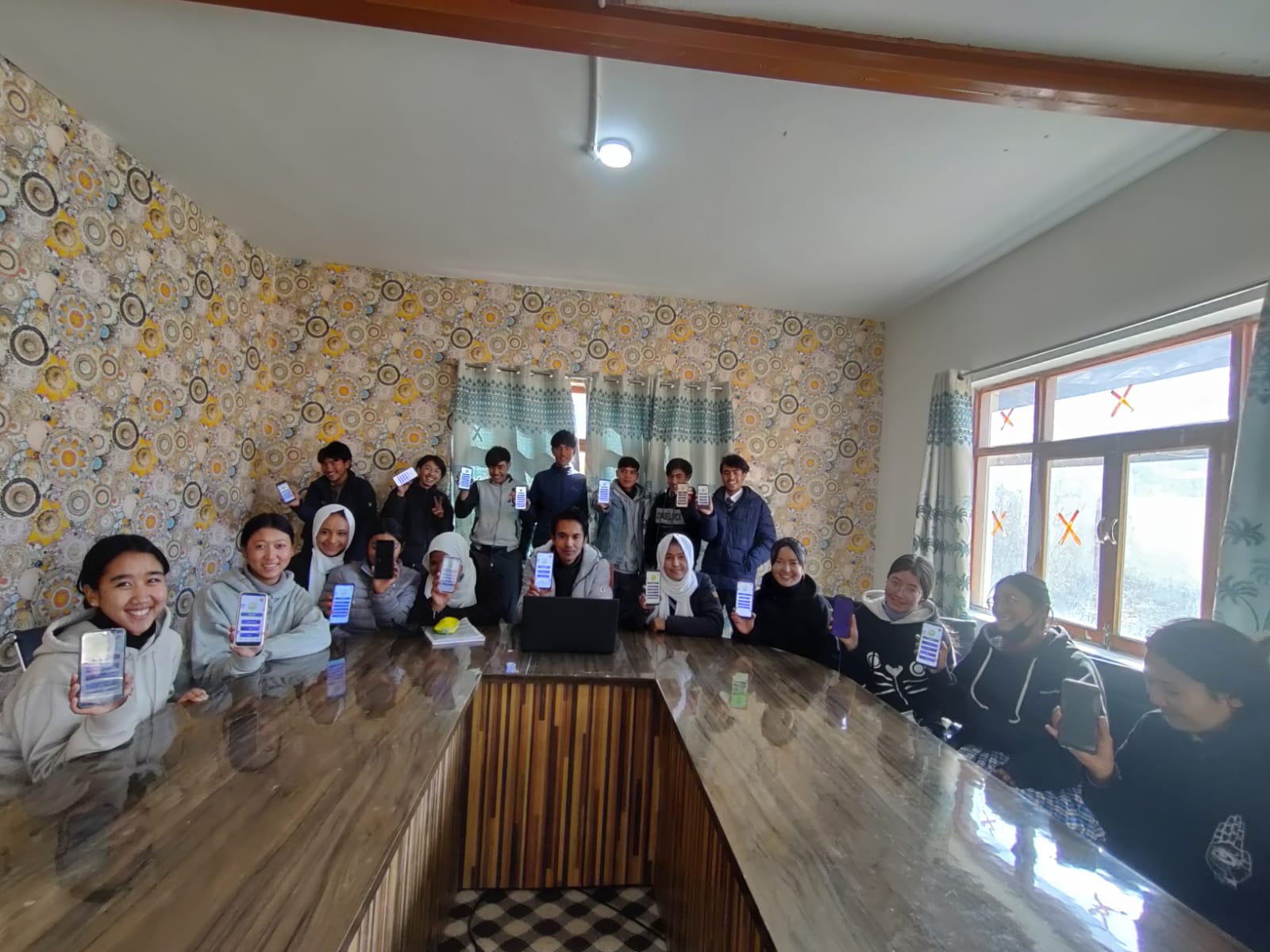DSE Ladakh
DSE Ladakh
Ladakh, situated amidst the Great Himalayas and the Karakoram ranges, is unique by virtue of its location, topography, culture, history and natural heritage. It is a spectacular place in the world where scores of tourists throng from across the globe annually.
Ladakh consists of awe-inspiring landscapes, picturesque green oasis, scintillating monasteries and quaint hamlets. It is famous for its rich cultural heritage and pristine environment and has been attracting curious and mystified travelers over the centuries.
Ladakh is constituted of two districts, Leh and Kargil. The Ladakh Autonomous Hill Development Councils of Leh and Kargil are each headed by a Chairman/Chief Executive Councillor. There are 193 Gram Panchayats and 31 Block Development Councils playing a pivotal role in strengthening the grassroot democracy. Leh consists of 16 blocks and Kargil consists of 15 blocks. As per the 2011 census, the population of Leh is 1,33,487 and that of Kargil is 1,40,802. Vision 2050 has been developed for Ladakh and decision making is being strengthened through involvement of over 1700 elected Panchayati Raj representatives.
Education has been a thrust area for the Ladakh administration. Innovative means of imparting education including 'YounTab' - a tablet pre-loaded with lessons, online education and setting up of astronomy labs are major initiatives taken to improve the education sector in Ladakh. Leh and Kargil have 89 per cent government schools and 11 percent private schools. 58 percent of students are boys and 42 percent girls in Leh, while in Kargil the percentage of boy and girl students is 60 percent and 40 percent respectively.


